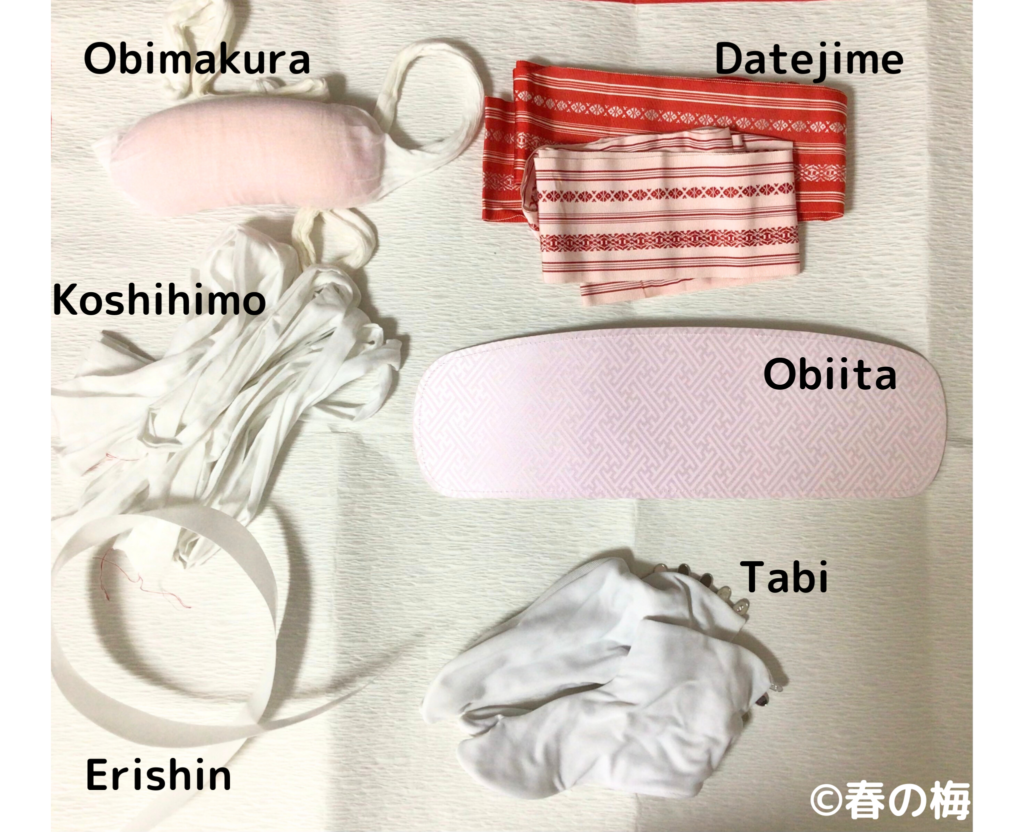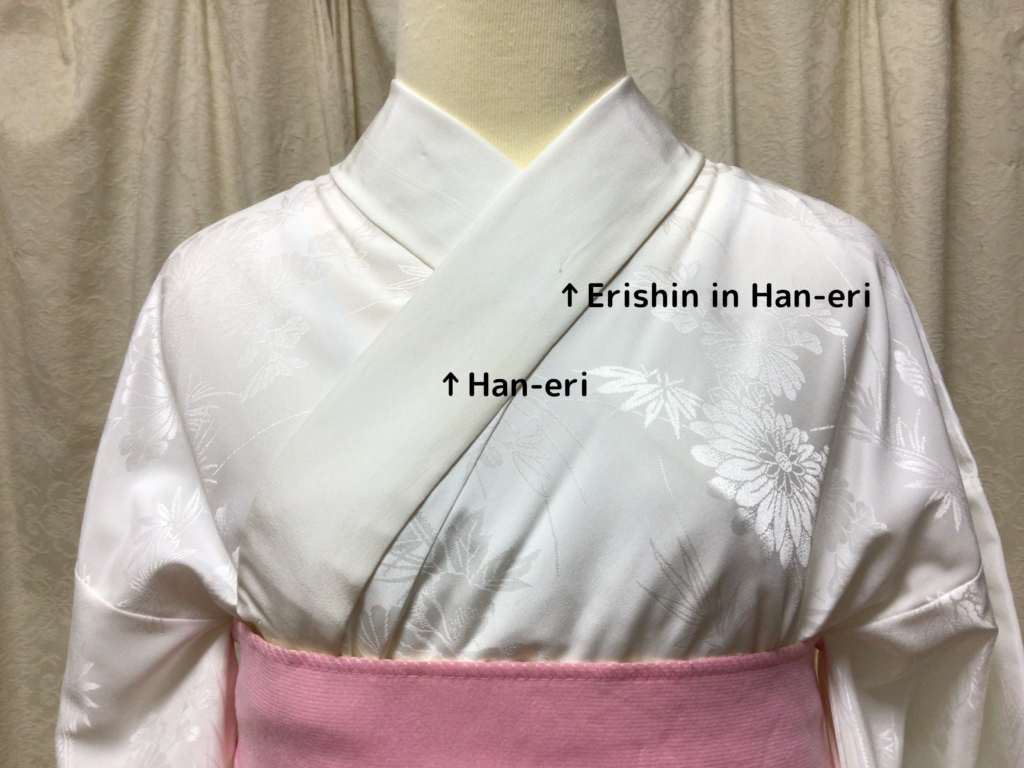Are you excited about wearing kimono but feeling overwhelmed by all the accessories you need? Don’t worry – you’re not alone! Many kimono beginners feel confused about which items are truly essential and which ones they can substitute with everyday items.
Here’s the good news: wearing kimono doesn’t have to break the bank or require a complete shopping overhaul. In this comprehensive guide, I’ll walk you through each essential kimono accessory, explain what they do, and share some clever alternatives that can save you money while still achieving a beautiful kimono look.
Let’s dive into the wonderful world of kimono accessories together!

Understanding Kimono Accessories: What You Really Need
Before we explore each accessory, let me ease your mind about something: kimono dressing has been adapted over centuries to work with various substitutes and alternatives. The key is understanding the function of each item, not necessarily buying the most expensive version.
The Core Essential Items List
When you’re getting dressed in kimono, you’ll need these fundamental accessories:
- Collar stay (erishin) – keeps your collar crisp
- Three waist cords (koshi-himo) – secures your layers
- Two wide sashes (datejime) – provides extra security
- Obi board (obi-ita) – creates smooth obi surface
- Obi pillow (obi-makura) – shapes traditional obi knots
Don’t let this list intimidate you! Each item has a simple purpose, and many have everyday alternatives you might already own.
Essential Structural Accessories: Building Your Foundation
Collar Stay (Erishin): Your Secret to Sharp Collars
What it does: Creates that crisp, neat collar line that makes kimono look professionally worn.
The challenge: Finding one that’s comfortable for your body type.
Most collar stays are plastic, but here’s a personal tip from my experience: if plastic feels uncomfortable on your shoulders (like it does for me), try fabric-like alternatives. They’re gentler on your skin and still maintain that sharp collar appearance.
Pro tip: Look for thinner plastic versions if you want to stick with traditional materials but need more comfort.
Waist Cords (Koshi-himo): The Foundation of Kimono Security
What they do: These are your kimono’s best friends! They secure both your under-kimono (nagajuban) and outer kimono at the chest and waist areas.
Here’s something interesting: Different tying methods use cords differently. Some techniques involve removing the chest cord partway through dressing, which can actually reduce pressure and increase comfort.
Smart alternatives:
- Elastic belts work wonderfully as substitutes
- While I personally prefer traditional cords, elastic options are perfect if you find cords restrictive
- The key is finding what feels secure and comfortable for your body
Wide Sashes (Datejime): Double Security for Peace of Mind
What they do: Applied over waist cords to provide additional security for both your under-kimono and outer kimono.
Traditional vs. modern options:
- Traditional: Many are made from beautiful Hakata-ori fabric (a specialty from Fukuoka)
- Modern convenience: Urethane datejime with Velcro closures – these are game-changers for comfort and ease!
My personal method: For casual occasions where minor adjustments are acceptable, I use just one waist cord for chest and waist, plus one mesh elastic datejime for the kimono. This combination currently works best for my lifestyle and comfort needs.
Obi-Related Accessories: Creating Beautiful Shapes
Obi Board (Obi-ita): Your Wrinkle Prevention Tool
What it does: Inserted between your kimono and obi to create a smooth, wrinkle-free surface.
Budget-friendly alternatives:
- Thick plastic boards (check your recycling bin!)
- Heavy cardboard (though this won’t last as long)
- Any rigid, smooth material of appropriate size
The beauty of this accessory is that its function matters more than its source – as long as it creates that smooth surface, you’re good to go!
Obi Pillow (Obi-makura): Shaping Traditional Knots
What it does: Essential for creating the classic otaiko (drum) knot shape that gives kimono their traditional silhouette.
When you need it:
- Always for otaiko knots
- Not necessary for Nagoya obi in some styles
- Skip it entirely when using hanhaba obi (half-width obi)
Creative alternatives:
- Summer substitute: Use loofah inside gauze instead of standard sponge
- DIY option: Place any firm sponge inside tubular gauze
- Customize firmness and size to your preference
Exciting DIY project: I’m planning to create my own obi pillow to customize comfort levels. The standard firm sponge in gauze construction is actually quite simple to replicate!
Decorative Accessories: Adding Your Personal Style
Haneri (Collar): The Detail That Makes a Difference
What it is: The decorative collar attached to your under-kimono that peeks out at the neckline.

Traditional approach: Sewn directly onto the nagajuban collar.
Modern convenience: Double-sided tape specifically made for haneri – this is my go-to method for convenience!
Color guidelines:
- Formal occasions: White is always appropriate and traditional
- Casual wear: Feel free to experiment with colors and patterns
Creative Haneri Ideas That Save Money
Here’s where you can really express creativity while saving money:
Store-bought options:
- Lace varieties for delicate looks
- Embroidered versions for formal occasions (like coming-of-age ceremonies)
- Printed patterns for casual wear
DIY alternatives:
- Visit craft stores for fabric (much more affordable!)
- Perfect size: 16 cm wide × 52 cm long (6.30″ × 20.47″)
- My personal creation: I made a beautiful haneri by sewing lace onto plain white fabric – both materials from the same craft shop


Fabric preferences from experience:
- Best: Silk or cotton
- Avoid: Polyester (tends to stretch and doesn’t hold shape as well)
Obiage: Functional Beauty Around Your Obi
What it does: Wraps around the obi pillow and adds decorative flair to your obi area.
Traditional materials: Most are silk, offering beautiful drape and sheen.
Modern alternatives:
- Printed patterns for contemporary looks
- Lace options for delicate styling
- Creative substitute: Thin scarves! (30 cm wide × 180 cm long / 11.81″ × 70.87″)
This scarf alternative was a revelation for me – it opens up so many affordable styling options while maintaining the proper function.
Obijime: The Secure Finishing Touch
What it does: Secures your obi and needs to be sturdy since it’s tied quite tightly.
Types available:
- Round cords: Easier for beginners to tie
- Flat cords: Traditional option, requires more practice
Formal occasion guidelines:
- Gold and silver-threaded versions for special events
- Thinner obijime can accommodate obi-dome (ornamental clasps)
Alternative option: Any strong cord around 150 cm (59.06″) long can work as a substitute, though I haven’t personally tested this yet.
Embracing the Kimono Journey
The wonderful truth about kimono accessories is that they reflect the adaptable, creative spirit of kimono culture itself. While respecting traditional methods, kimono wearing has always evolved to meet the needs of each generation.
Your journey with kimono accessories will be uniquely yours. Some traditional methods will feel perfect, while others might need personal adaptations. Both approaches honor the kimono tradition – one through preservation, the other through thoughtful evolution.
So go ahead, experiment with that scarf as obiage, create your own haneri, or use whatever works as an obi board. Your comfort and joy in wearing kimono matter more than perfect adherence to every traditional rule.
The most beautiful kimono moments happen when you feel confident, comfortable, and authentically yourself. These accessories are simply tools to help you achieve that feeling – and now you know you have more options than you might have imagined!
Happy kimono wearing, and enjoy discovering what works best for your unique style and needs!




コメント